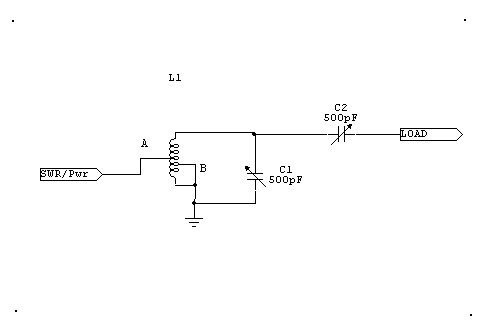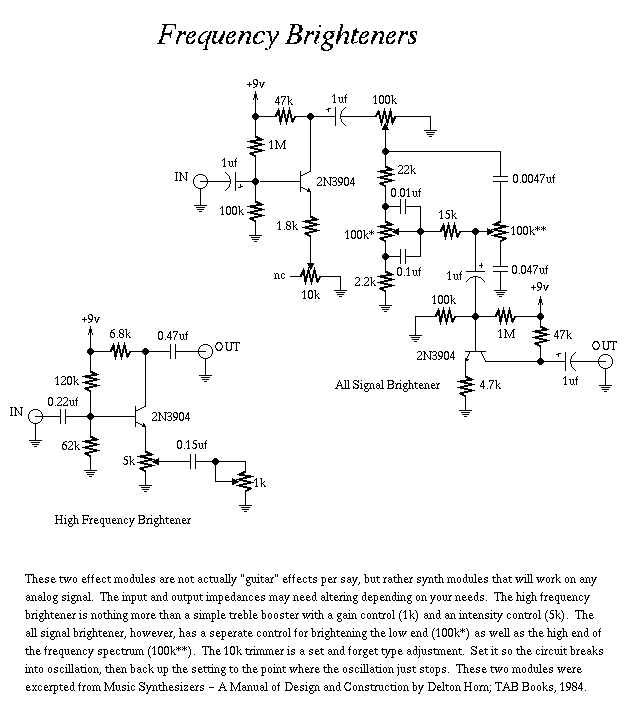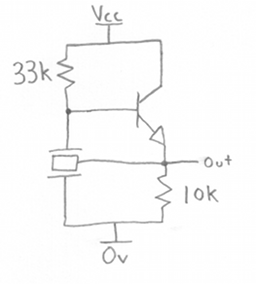
A long delay light control lighting controller circuit

A photosensitive daytime electricity circuit utilizes a very small positive voltage. It features a 555 timer IC with four pins, including a reset pin that operates at low voltage. The circuit includes a bidirectional thyristor (iSCR) that controls lighting, allowing it to turn off when the internal discharge is activated. A CD4060 binary serial counter is also present, which can clear the output side. The circuit is designed to control auxiliary equipment, powered by a light-sensitive resistor that increases in resistance when light levels drop. When the light intensity decreases, the counter begins operating, and an oscillation is generated to manage the lighting. The output will turn off the lamp when the light levels are sufficient, and the circuit can be toggled using a switch under specific conditions.
The circuit operates on a photosensitive principle, where light intensity dictates the functionality of the system. The core component, a 555 timer IC, is configured in a monostable or astable mode depending on the desired application, providing precise timing control. The reset pin allows for the immediate stopping of the timer, enabling the circuit to react quickly to changes in light conditions.
The addition of the bidirectional thyristor (iSCR) enhances the circuit's ability to manage high-current loads, such as lamps, while maintaining low control voltages. This component is crucial for switching applications, allowing the circuit to effectively turn the lamp on or off based on the light detected by the photoresistor.
The CD4060 binary counter expands the functionality of the circuit by counting events or pulses, which can be utilized to manage timing or sequencing of the lighting system. This counter operates in conjunction with the 555 timer, providing a robust method for controlling the duration and timing of the light output.
The use of a photoresistor allows the circuit to automatically adjust to environmental light levels, ensuring that the lamp operates only when necessary. As light levels drop, the resistance of the photoresistor increases, triggering the CD4060 to initiate its counting sequence, which in turn can activate the 555 timer to maintain oscillation for a predetermined duration.
Overall, this circuit design is well-suited for applications requiring automatic lighting control based on ambient light levels, providing an efficient and effective solution for energy management in various environments. The integration of these components results in a reliable system capable of responding to changing light conditions while maintaining control over auxiliary equipment.A photosensitive daytime electricity 1B very small positive value. 555 (4) feet (j reset pin voltage small f IV group manifold ICz. Electrical output pin generous IC, a reset ( 3) -. Bu, i-cho bidirectional thyristor iSCR poor off, lights go out and the internal discharge opening Ge loop through (7) feet J is low, I4 bit i binary serial counter CD4060 ICl (12) feet (clear side Cr) added. L: L iU, FIJ Sh, {H end all auxiliary equipment. 0 is only strong enough to mold light, lcz are forced ICl (12) foot water pulley hold 1, Ic, oscillation stop :.
(3) w0 outputs (1, the lamp does not light. when Rong curtain falls, photoresistor resistance bureaucrat slowly become larger, ICl (4) feet high voltage 5v] Second world work like Chi output j ~ l NIE almost .SCR light guide flee: and when put inside lcz here also : Qiang cut JJ two, IC, (12) pin power low voltage ride shovel, count starts. [cl frog oscillation J Ba meter butterfly about 15 seconds, and after about three twenty five hours. (3) flal lose pennant electricity almost by hatred so that the oscillator to stop. (3) feet lose Zhi Shan state holding l unchanged, lc, high input power A, (3) pin output low, the lamp goes out.
so f shield ring back and forth. Under special circumstances, iiJ station L switch S. lights. In this case the controller.
The circuit operates on a photosensitive principle, where light intensity dictates the functionality of the system. The core component, a 555 timer IC, is configured in a monostable or astable mode depending on the desired application, providing precise timing control. The reset pin allows for the immediate stopping of the timer, enabling the circuit to react quickly to changes in light conditions.
The addition of the bidirectional thyristor (iSCR) enhances the circuit's ability to manage high-current loads, such as lamps, while maintaining low control voltages. This component is crucial for switching applications, allowing the circuit to effectively turn the lamp on or off based on the light detected by the photoresistor.
The CD4060 binary counter expands the functionality of the circuit by counting events or pulses, which can be utilized to manage timing or sequencing of the lighting system. This counter operates in conjunction with the 555 timer, providing a robust method for controlling the duration and timing of the light output.
The use of a photoresistor allows the circuit to automatically adjust to environmental light levels, ensuring that the lamp operates only when necessary. As light levels drop, the resistance of the photoresistor increases, triggering the CD4060 to initiate its counting sequence, which in turn can activate the 555 timer to maintain oscillation for a predetermined duration.
Overall, this circuit design is well-suited for applications requiring automatic lighting control based on ambient light levels, providing an efficient and effective solution for energy management in various environments. The integration of these components results in a reliable system capable of responding to changing light conditions while maintaining control over auxiliary equipment.A photosensitive daytime electricity 1B very small positive value. 555 (4) feet (j reset pin voltage small f IV group manifold ICz. Electrical output pin generous IC, a reset ( 3) -. Bu, i-cho bidirectional thyristor iSCR poor off, lights go out and the internal discharge opening Ge loop through (7) feet J is low, I4 bit i binary serial counter CD4060 ICl (12) feet (clear side Cr) added. L: L iU, FIJ Sh, {H end all auxiliary equipment. 0 is only strong enough to mold light, lcz are forced ICl (12) foot water pulley hold 1, Ic, oscillation stop :.
(3) w0 outputs (1, the lamp does not light. when Rong curtain falls, photoresistor resistance bureaucrat slowly become larger, ICl (4) feet high voltage 5v] Second world work like Chi output j ~ l NIE almost .SCR light guide flee: and when put inside lcz here also : Qiang cut JJ two, IC, (12) pin power low voltage ride shovel, count starts. [cl frog oscillation J Ba meter butterfly about 15 seconds, and after about three twenty five hours. (3) flal lose pennant electricity almost by hatred so that the oscillator to stop. (3) feet lose Zhi Shan state holding l unchanged, lc, high input power A, (3) pin output low, the lamp goes out.
so f shield ring back and forth. Under special circumstances, iiJ station L switch S. lights. In this case the controller.





